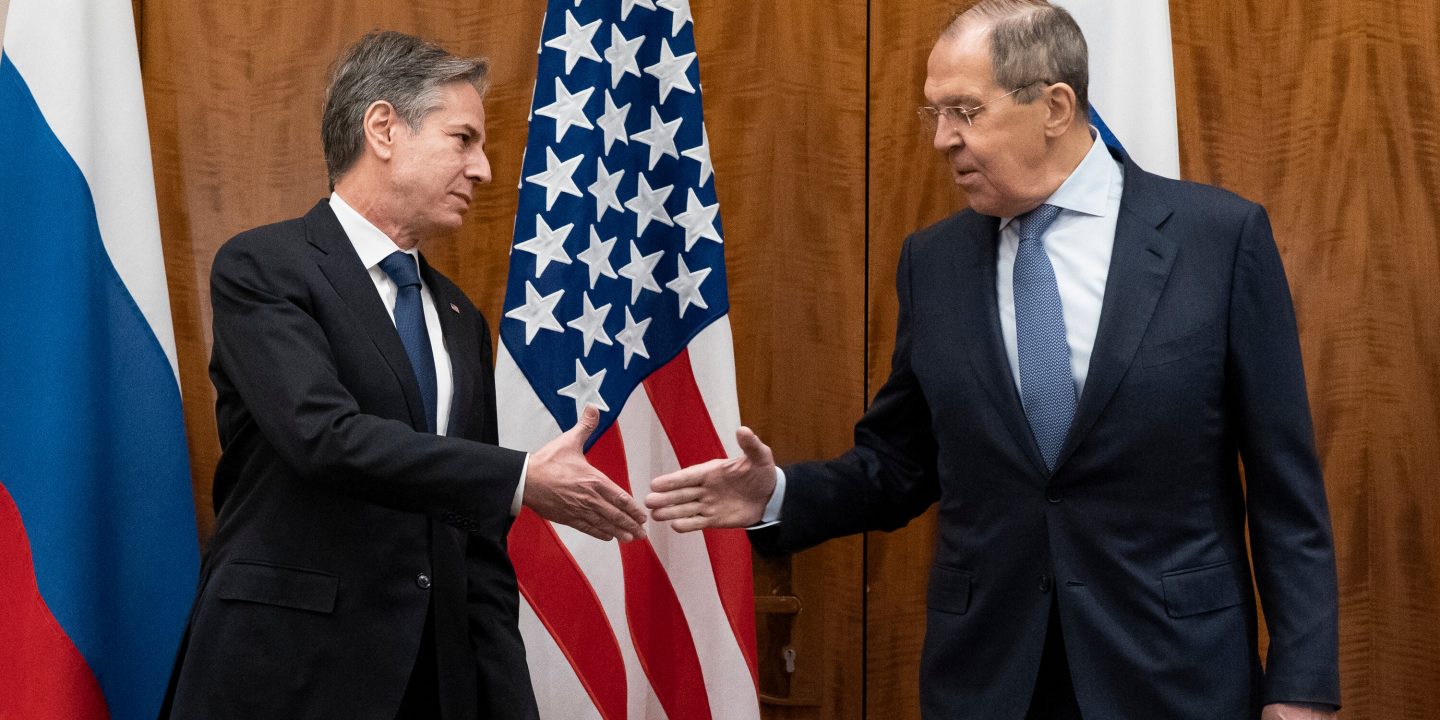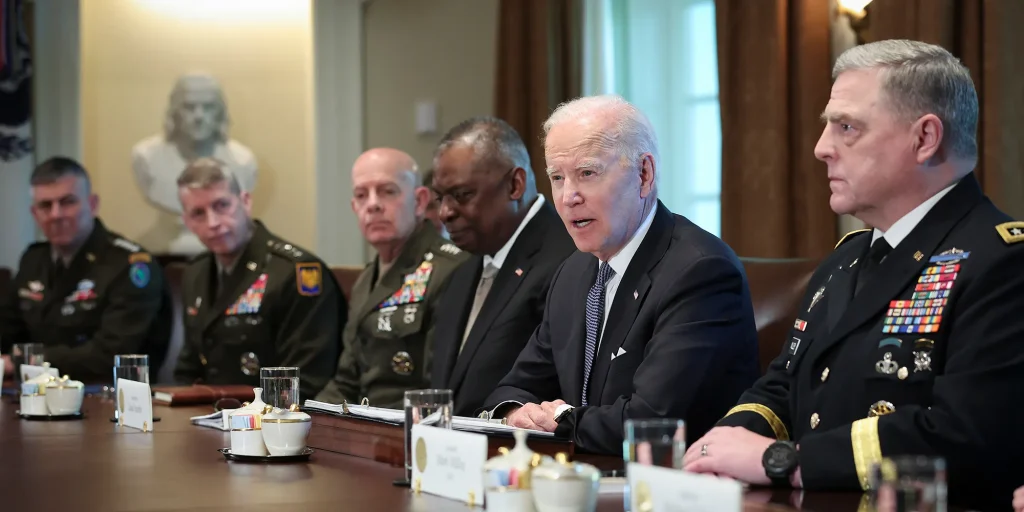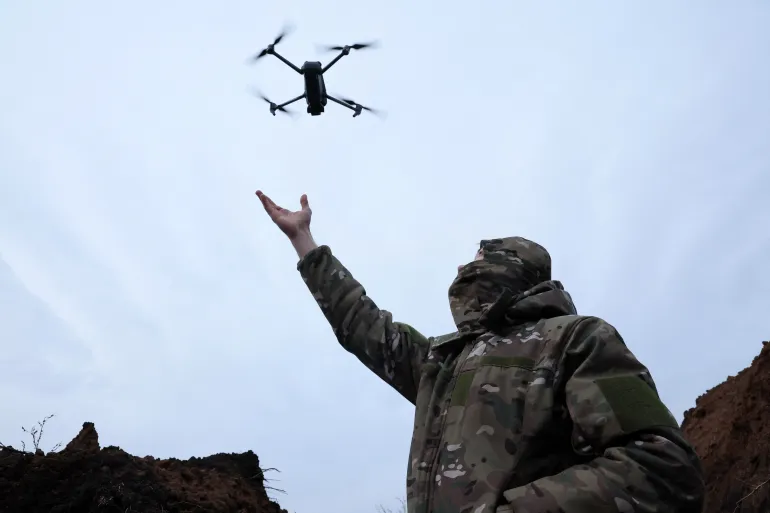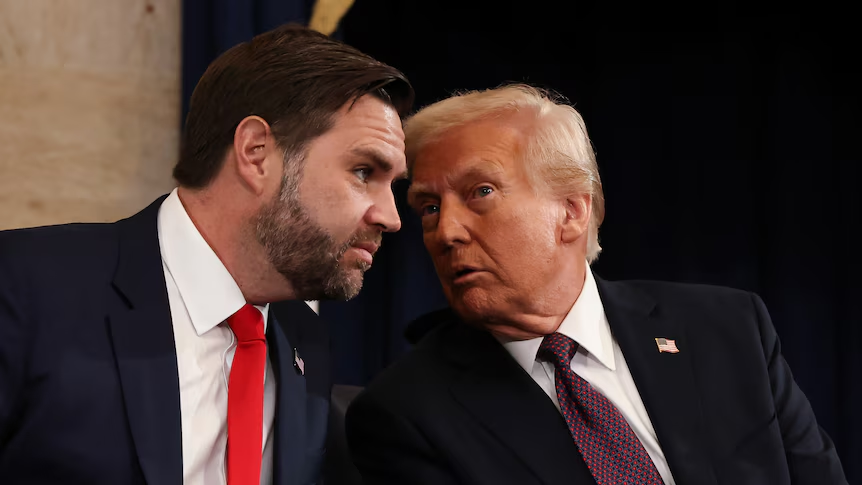
The ongoing conflict between Russia and Ukraine has evolved into a focal point of global geopolitics, with far-reaching consequences not only for Eastern Europe but also for the entire international community. As tensions rise, the U.S. has increasingly found itself at the center of the conversation, playing a crucial role in shaping the direction of the conflict. While the idea of a direct war between the United States and Russia remains a scenario many hope to avoid, the political and military dynamics surrounding the war in Ukraine continue to affect both nations and the world at large.
The Rise of Geopolitical Tensions
The Russian invasion of Ukraine in February 2022 marked a pivotal moment in global geopolitics. What was initially seen by many as a regional conflict quickly evolved into a broader confrontation with significant international involvement. The United States, a major NATO member and global superpower, has been one of Ukraine’s staunchest supporters, supplying military aid, financial support, and diplomatic backing. Meanwhile, Russia has escalated its rhetoric and military strategies, viewing the U.S. involvement as a direct threat to its sphere of influence.
The U.S. stance on Ukraine has been largely driven by the belief that Russian expansionism threatens European security and undermines the established international order. In response, Russia has repeatedly warned of severe consequences should the U.S. continue to arm Ukraine and support its resistance. This intensifying rhetoric, combined with Russia’s growing military aggression, has pushed the situation to a volatile tipping point, with the potential for broader military escalation.
The US-Russia Proxy War and Ukraine’s Role
Although the U.S. and Russia are not directly engaged in open conflict, many analysts consider the ongoing war in Ukraine to be a proxy battle. This term refers to a situation where two major powers support opposing sides in a third-party conflict, avoiding direct engagement while still exerting significant influence on the outcome. The United States has provided Ukraine with advanced weaponry, intelligence, and training, while Russia continues to pour resources into supporting the separatist regions of Donetsk and Luhansk, as well as bolstering its own military capabilities.

Ukraine has become the battlefield where the U.S. and Russia are waging an indirect war, with Ukraine bearing the brunt of the suffering. The scale of the destruction in Ukraine is staggering, with thousands of lives lost and entire cities reduced to rubble. Civilians are caught in the crossfire, facing displacement, trauma, and loss of basic necessities. The U.S. and its allies argue that providing Ukraine with the tools to defend itself is a moral obligation, emphasizing that the fight is not only for Ukraine’s sovereignty but for the preservation of global peace and democracy.
However, the prolonged conflict has created immense pressure on the U.S. and its NATO allies. The need to supply Ukraine with more resources, while managing domestic challenges, including inflation and political divisions, has tested the resolve of the Western alliance. On the other hand, Russia’s strategic goals remain unclear, with President Vladimir Putin accusing the U.S. and NATO of encroaching on Russia’s borders and undermining its security.
The Economic and Political Consequences for Ukraine
Ukraine has become the tragic epicenter of this geopolitical struggle. Its government has faced enormous pressure to maintain both military resistance and political unity, despite the constant bombardment of Russian forces. The war has placed a monumental strain on Ukraine’s economy, infrastructure, and social fabric, with the United States stepping in to provide financial aid and loans, while also pushing for European countries to contribute more.
Economically, Ukraine is now reliant on international support, with billions of dollars flowing from Western countries to help sustain its military efforts and rebuild its war-torn regions. However, this dependency comes with its own set of challenges. There is growing concern that Ukraine could find itself too reliant on foreign aid, which may limit its long-term autonomy and post-war rebuilding efforts.

Politically, Ukraine’s leadership has sought to align itself with the West, particularly with NATO and the European Union, in hopes of gaining future security guarantees. Yet, this move has provoked a fierce response from Russia, which views any expansion of Western influence near its borders as a threat. This geopolitical rivalry adds a layer of complexity to the conflict, as Ukraine navigates its future amidst competing global powers.
A Bleak Future? The Road Ahead
As the war continues, the global community is left to grapple with the long-term consequences of the U.S.-Russia standoff. While the U.S. remains committed to supporting Ukraine, the potential for direct conflict with Russia remains a looming concern. Nuclear weapons, cyber warfare, and escalating military operations present real risks that cannot be ignored. The world is at a crossroads: will diplomatic efforts succeed in averting an all-out war, or are we witnessing the early stages of a new Cold War, one that could destabilize the international order for years to come?
In conclusion, the war in Ukraine, driven by the U.S.-Russia rivalry, is reshaping global geopolitics in unprecedented ways. Ukraine’s plight underscores the tragic consequences of great power conflict, with millions of innocent lives caught in the crossfire. While the U.S. and Russia may not yet be at war directly, the broader implications of this conflict will continue to shape global security, economy, and politics for the foreseeable future.












